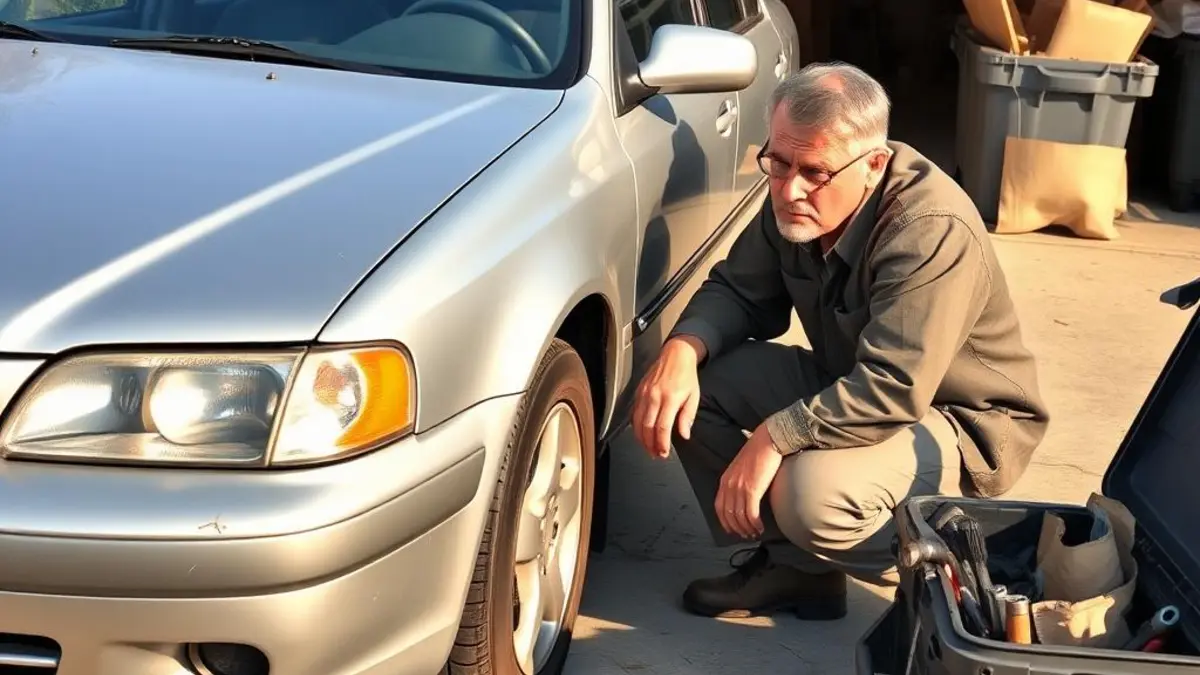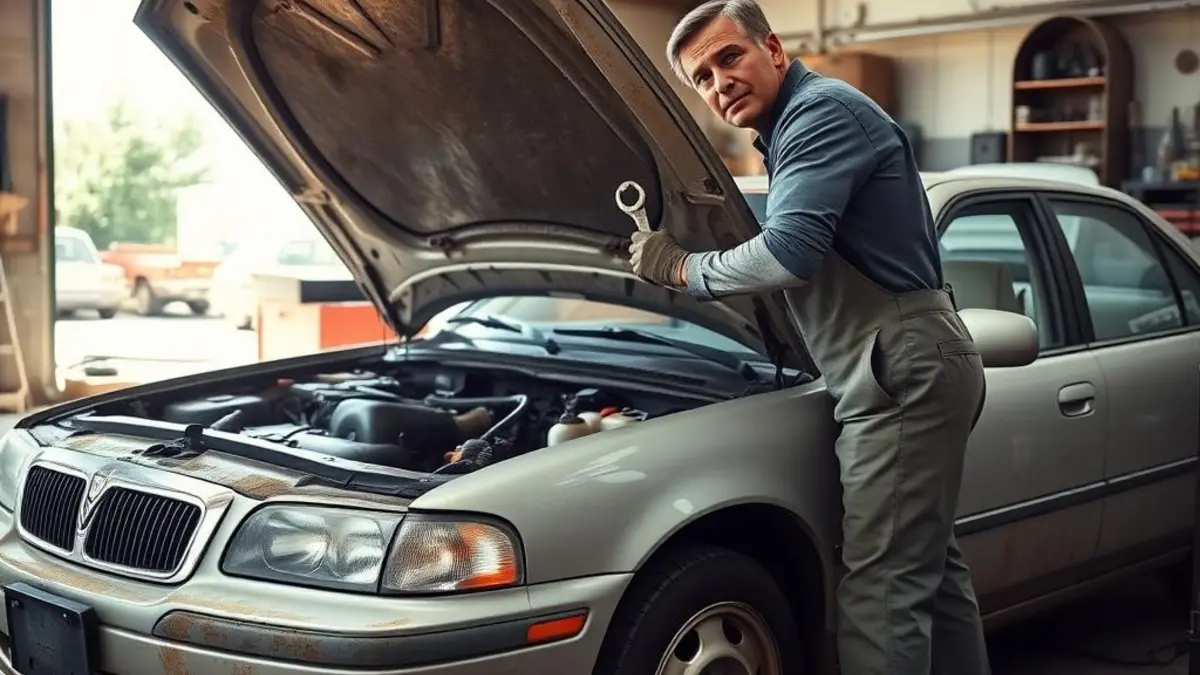Is Your Car Not Worth Fixing? A Step-by-Step Guide to Decide 2025 Update
Are you staring at a repair estimate that makes your stomach sink? Or maybe your trusty vehicle is making strange noises that promise expensive fixes ahead.
When your mechanic delivers bad news, the question “is my car not worth fixing?” becomes all too real.
Many car owners face this dilemma when surprise repair bills arrive or when an aging vehicle starts showing multiple problems at once. Making the wrong decision could cost you thousands of dollars either way.
This guide provides a data-driven framework to help you logically decide whether to repair your current car, sell it as-is, or replace it entirely. We’ll walk through each step of the decision process so you can feel confident about your choice.
Key Takeaways
- Understand the 50% Rule: If repair costs exceed 50% of your car’s value, consider selling or replacing.
- Use the Car Repair Decision Checklist to evaluate repair costs, long-term ownership, safety, and alternatives.
- Explore all options: Repair, sell as-is, or replace, based on your financial and personal circumstances.
In this guide:

Understanding the Financial Tipping Point When Repair Cost Exceeds Car Value
How do you know when a car truly isn’t worth fixing? Financial experts point to a common threshold: the 50% rule.
The 50% Rule: If repair costs approach or exceed 50% of your car’s current market value, it’s generally considered not worth fixing. At this point, you’re likely better off selling or replacing the vehicle.
To apply this rule, you need to know your car’s actual value:
- Check Kelley Blue Book (KBB.com) or similar valuation sites
- Enter your vehicle’s exact details (year, make, model, mileage, condition)
- Note the “private party value” or “trade-in value” depending on your selling plans
For example, if your car is worth $6,000 and facing $3,500 in repairs, you’re nearing the tipping point where repairs may not make financial sense.
Several hidden costs can accelerate your car toward the “not worth fixing” category:
- Recurring issues with the same components
- Upcoming maintenance due to age or mileage
- Continuing depreciation despite repair investments
- Decreasing reliability and increasing frequency of shop visits
These factors combined with a major repair bill often signal it’s time to consider alternatives. Remember, sometimes the best tool for the problem is knowing when to move on.
“Knowing when to let go of a vehicle can be a tough decision, but understanding the financial implications is crucial for making the right choice.”
Decision-Making Framework: The Car Repair Decision Checklist
Making this important financial decision requires looking at multiple factors. Follow this step-by-step checklist to clarify your best option:
-

 Best Picks10 months ago
Best Picks10 months agoDriving Insurance: Get the Best Car Coverage Without Overpaying
-

 Best Rewards3 months ago
Best Rewards3 months agoBest rewards credit cards in 2025 for everyday use
-

 Personal Growth & Mindset1 year ago
Personal Growth & Mindset1 year agoTed Lasso Effect: 5 Goal-Setting Secrets You Must Know
-

 Career & Success1 year ago
Career & Success1 year ago30 Key Strategies for Growth: Mindset, Productivity & Wellness
-

 Personal Growth & Mindset1 year ago
Personal Growth & Mindset1 year agoMachado de Assis: This Viral TikTok Explains Why You Need to Read ‘The Posthumous Memoirs of Brás Cubas’ Now
-

 Career & Success12 months ago
Career & Success12 months agoChallenges of Not Having Goals: 5 tips to help you get started








